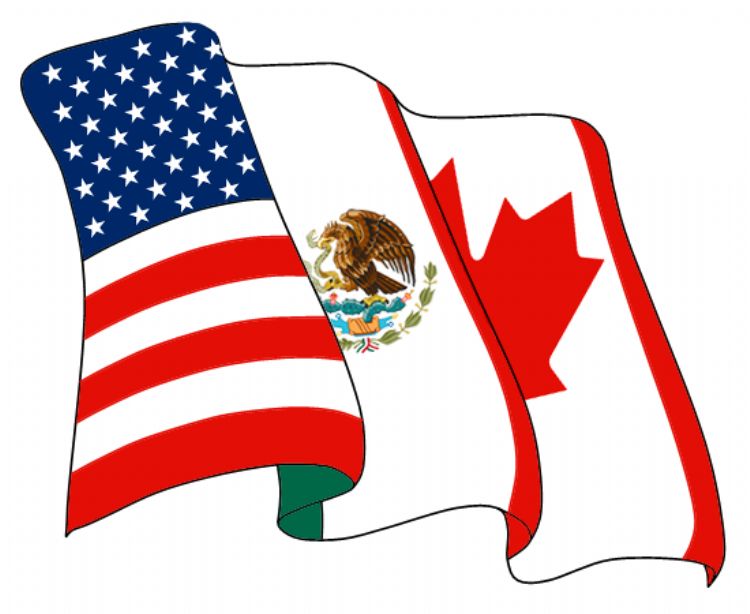
About Hermosillo
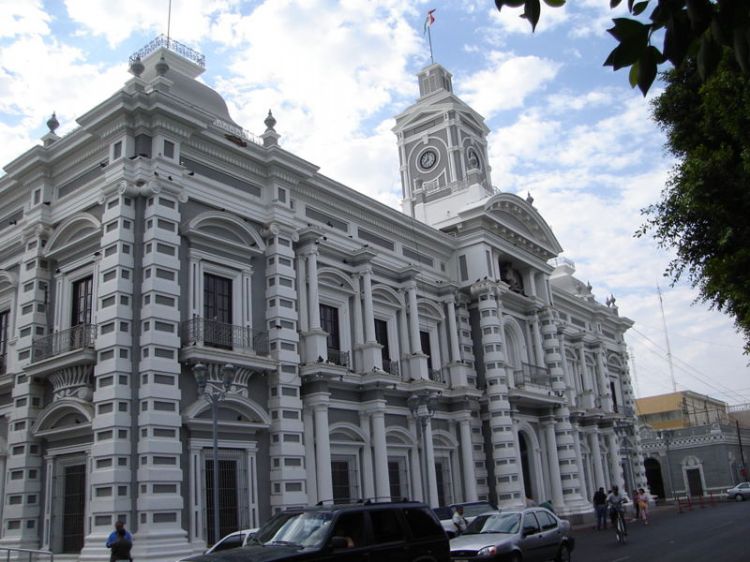
Hermosillo's desert climate is semi-warm, with cold winters. During the three months of summer (June, July and August) it can reach up to 45 degrees Celsius, but the rest of the year it has a spring climate. The vegetation has mesquites such as the Palo Verde, huisaches and Brea.
History
Founded in 1700 as the settling point for Indians in the area where the San Miguel and Sonora Rivers meet, its original name was santisima Trinidad del Pitic in the language of ¨Pitic¨ which means ¨place where two rivers meet¨.
The original purpose of the city was to contain the Seris and Tepocas Indians and to protect the Hispanic expansion with the name of Real Presidio de San Pedro de la Conquista. It was named this in honor of Don Pedro de Castro y Figueroa Duque de la Conquista y Marques de Gracia.
In 1718, by orders of governor Don Manuel de San Juan and Santa Cruz, the town of Santisima Trinidad del Pitic once more became populated; on September 29 of 1725 the Seris settled in Populo and went to battle and invaded the town of Opodepe. They were chased to be punished until they signed a peace treaty in January of 1726, and they were settled in Populo and in the points of Alares and Moraga. Later Pitic was formed.
On February 9, 1825 the head of the party, dependent on the department of Horcasitas; and the decree of legislature of the state of the Occident of September 5, 1828, took away its primitive name and gave it the name of Hermosillo, with the political category of the city in honor of General Jose Maria Gonzales Hermosillo.
Since March 14, 1831, it has been seat to supreme local powers transferred to the city of Arizpe on May 25, 1832. Decree number 57 on April of 1879 instructed the following: the capital of the state and the residence of the general offices are being transferred to the city of Hermosillo.
On November 4, 1881, the railroad that unites Guaymas and Hermosillo with Nogales and the southeast North American border was finished. This made transportation easier, helping the development of the northeast. This also allowed the flow of investments in mining, commerce and agriculture, developing its economic and social growth.
Articles Releated with Hermosillo

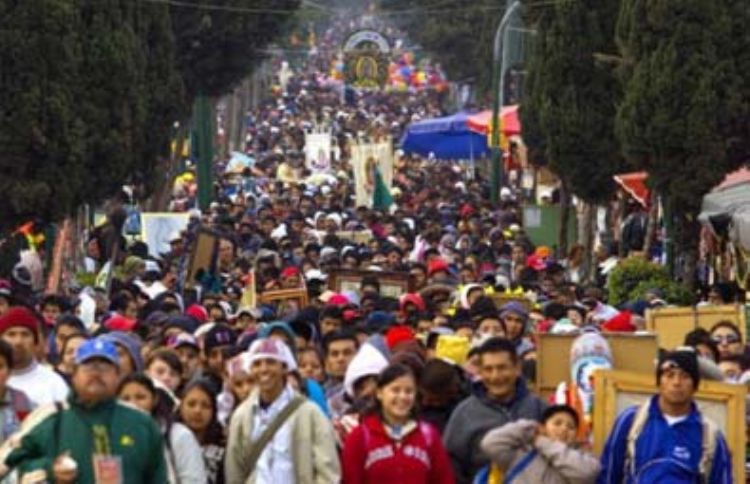
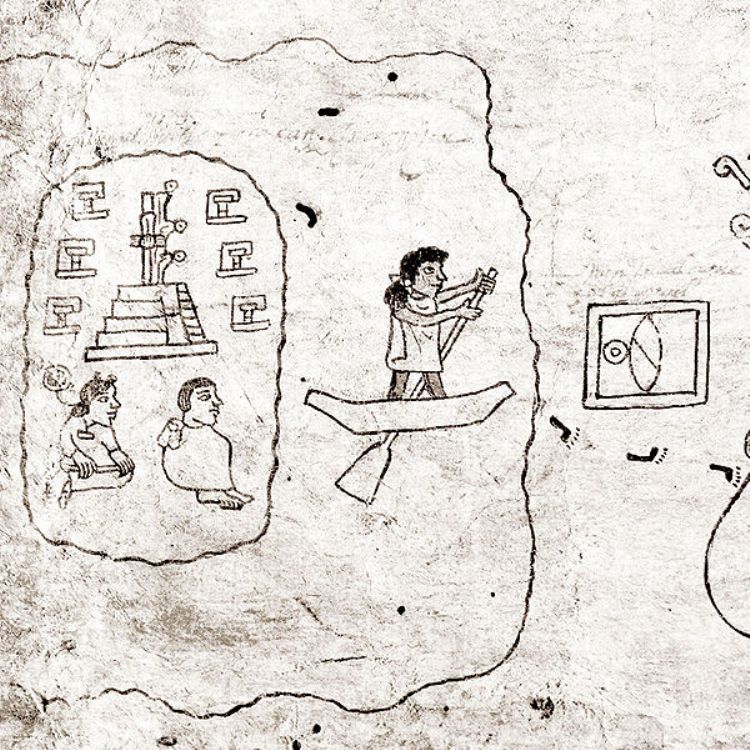
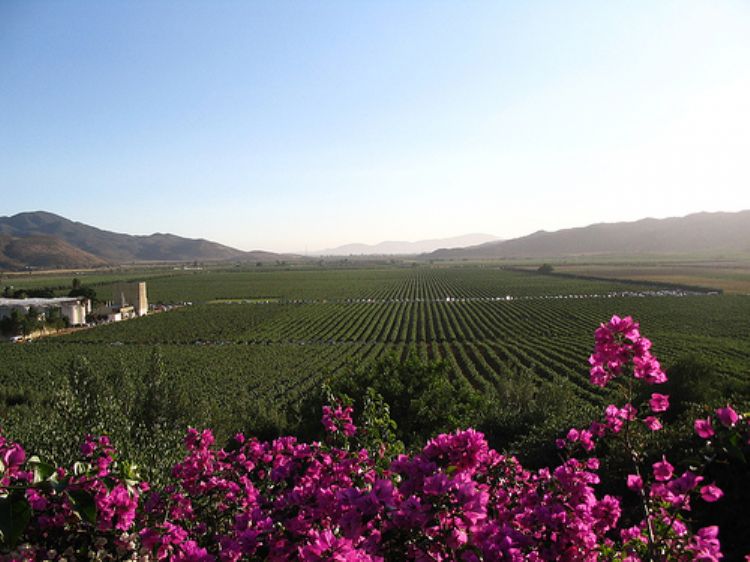
The Vineyards and Wines of Mexico
During the pre-Columbian era in Mexico, Indians used grap...
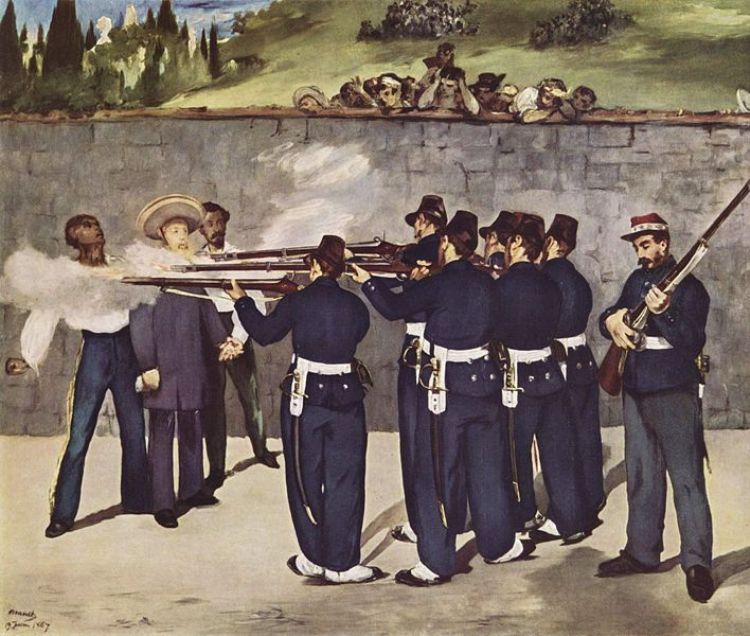
Invasions to Mexico II; The French Invasion
The French intervention of Mexico by the army of the Seco...
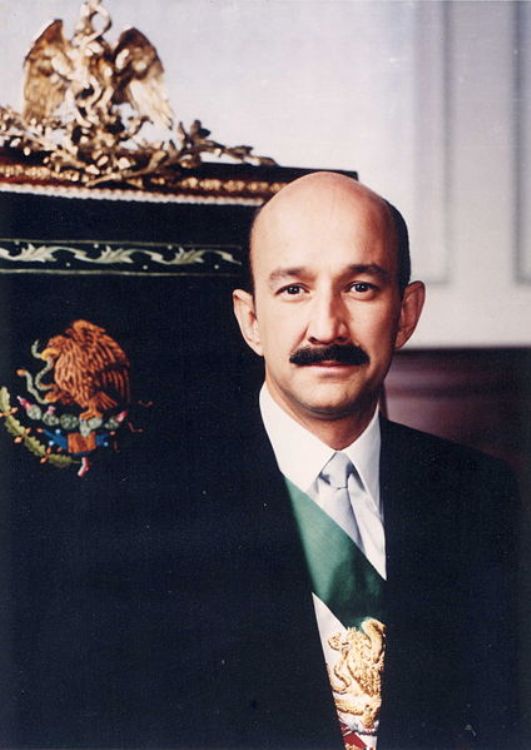
Mexico's Presidents, XX and XXI Centuries
The long presidential period of Read more
Most Viewed
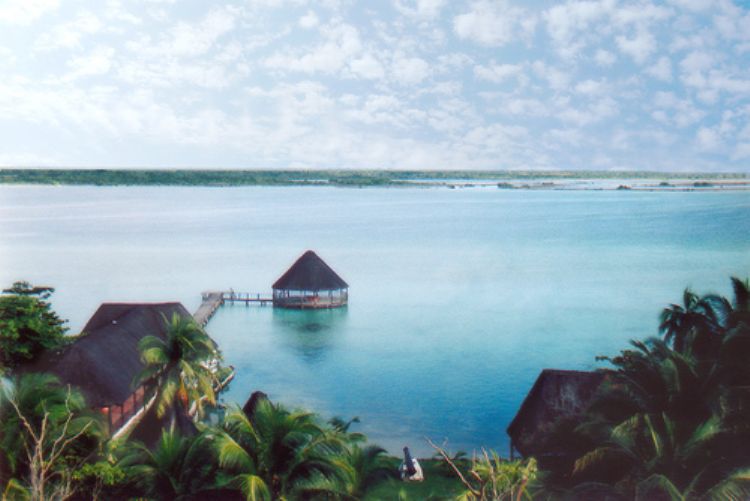

The 7 airports with the most important flow of passengers
In a country where tourism is a major revenue is not surp...
